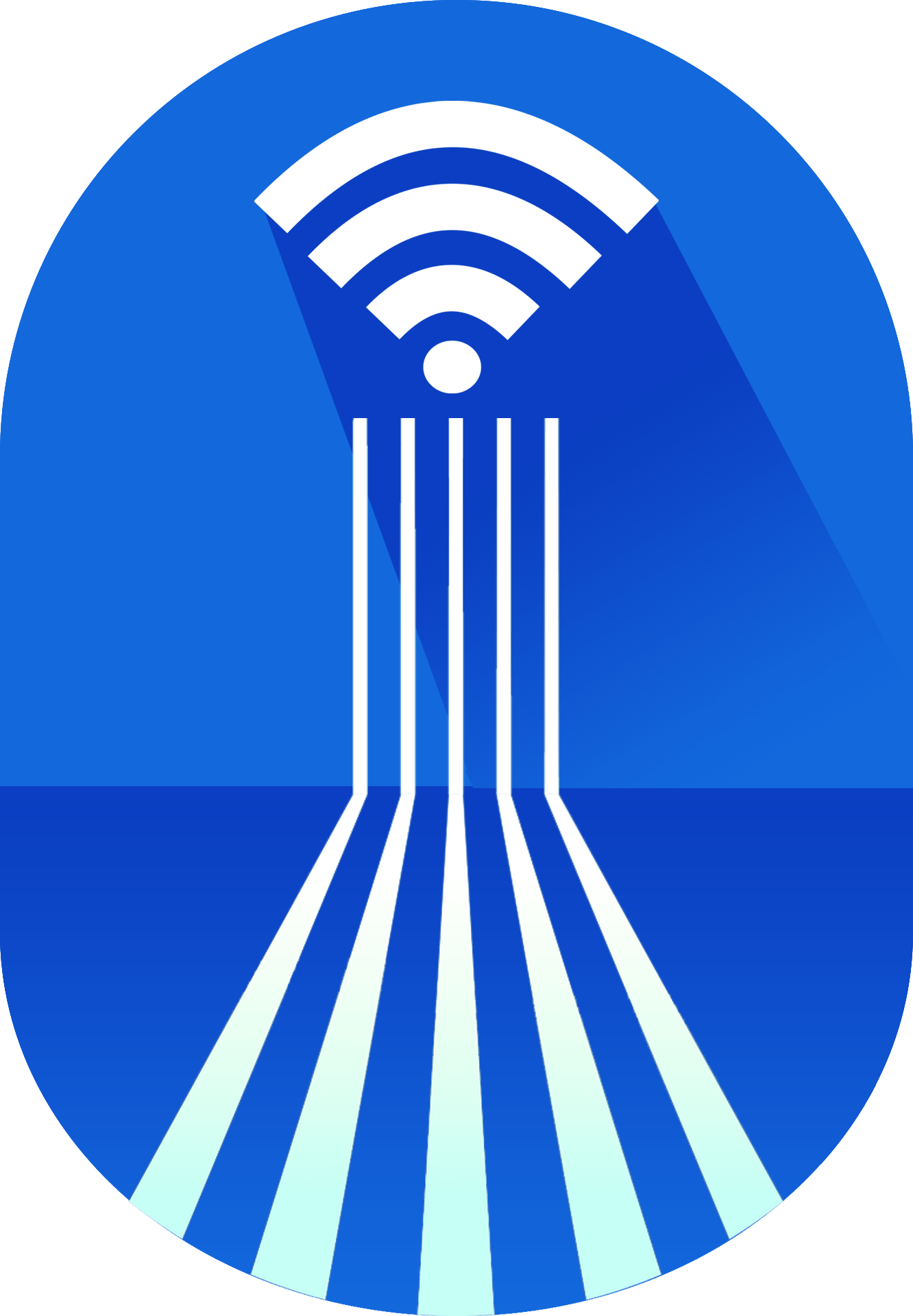OC-48 For Business Internet
Introduction
There are many different types of internet connections, and Optical Carrier transmission is one of them. The term Optical Carrier Transmission Rates stands for the transmission bandwidth that can transmit on something known as SONET fiber optic networks. SONET stands for Synchronous Optical networking. There are different levels or specifications of Optical Carrier, and it is designated as OC followed by a number, such as OC-1, OC-24, OC-768, and OC-48.
OC– 48
The basic unit of measurement of Optical Carriers is 51.84 megabits per second. Depending on the “number” that comes after the letter “OC,” the speed is calculated accordingly. Thus, in the case of OC- 48, the rate of the line would be 48 x 51.84 megabits per second. The OC-48 is, therefore, a network line that can deliver a data transmission speed of 2488.32 megabits per second. ATM or asynchronous transfer mode utilizes some of the Optical Carrier levels. A SONET circuit that uses OC- 48 will also have an STS or Synchronous Transport Signal of 48.
A business entity or an individual might be faced with the need to update bandwidth, and this is where an understanding of OC-48 and other Optical Carriers can come into play. Typically, the choice between optical carriers depends on the bandwidth type needed, the costs, and other advantages. For instance, an OC-3 circuit will deliver a speed of 155.52 megabits per second, and usually, this is the circuit of choice for large enterprises that need a considerable amount of bandwidth. While OC-3 lines are considered expensive, they have the advantage of fast connectivity.
Similarly, an OC-12 circuit line will deliver a speed of 622.08 megabits per second, offering higher performance and lower latency. However, depending on the location, an OC-12 line can be expensive and entails several initial or set-up costs. An OC-48 circuit is deployed when the enterprise needs to establish support for regional internet service providers.


